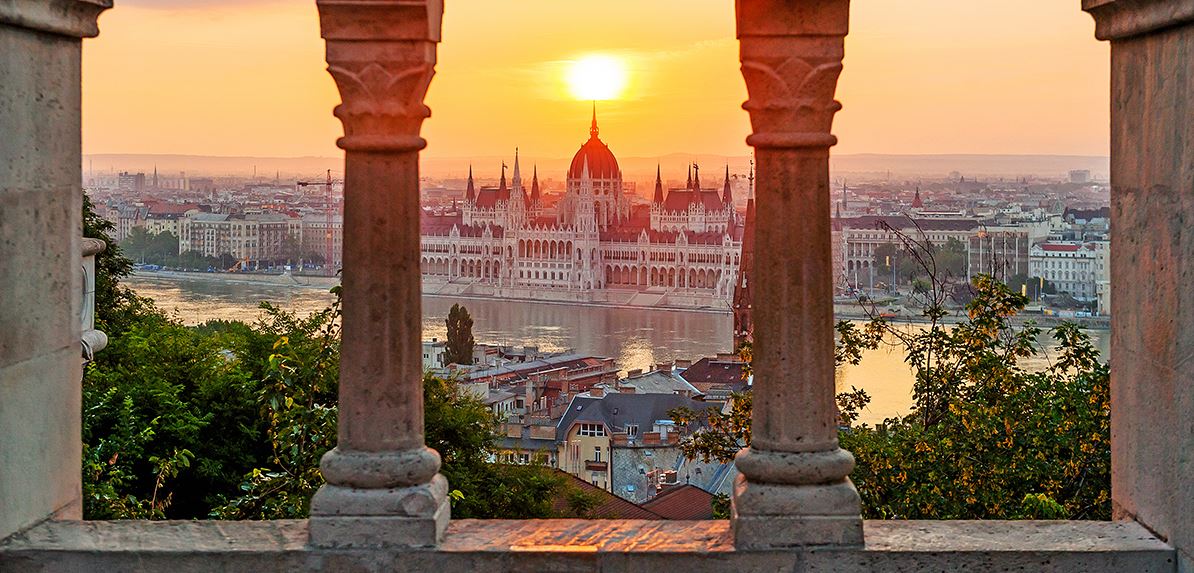Krisztián Bódis is a Hungarian photographer who knows Budapest better than his own mind: he grew up in the thick of the city, on the corner of Akácfa and Dohány Streets, where trolleybus 74 ran right under his bedroom window, and the city’s nonstop rumble was just a regular part of his nights. He still lives in District VII, at Lövölde Square. He’s been photographing the city for seven years now, and his images regularly appear on We Love Budapest. The Magyar metropolis is an essential subject for this native photographer – although his studies predestined him for a very different career.
We Love Budapest: After this interview, you are heading outside to capture the drifting ice on the Danube. Is it challenging to work in this cold?
Krisztián Bódis: Very. Your fingers freeze together. When going over my winter photos, every year I discover that I missed the chance to photograph so many things – because it was too cold. Cameras are especially sensitive to temperature changes: when going inside a warm place from the cold, the machine fogs up and water can condense inside of it, which causes serious damage. But the newer models are designed to be more weather-proof.
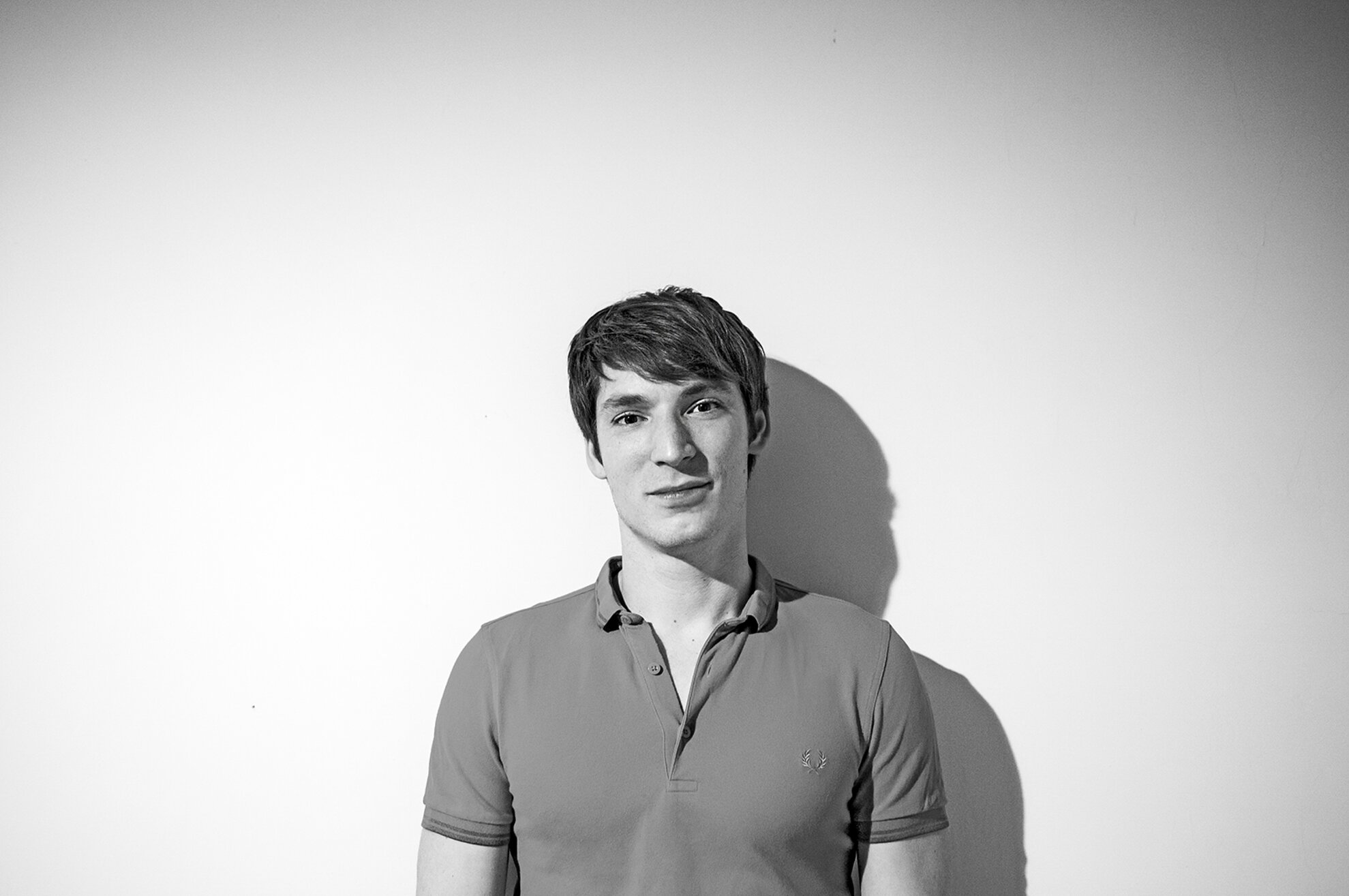
WLB: The Christmas lights and snow-covered tourist attractions are somewhat obligatory clichés. Can you find new things to capture during wintertime in Budapest?
K. B.: Fortunately, there are some changes – new venues, new attractions – every year. Such was the Christmas trolleybus a few years ago, or the illuminated trees in front of Várkert Bazaar and the Parliament this year. For example, Matthias Church showed well between the trees of Kossuth Square, so I could take a photo featuring both. But then again, what I photograph also depends on the client – if they want a picture of illuminated Andrássy Avenue, then I need to take photos of it again, even though I explored these kind of subjects thoroughly already.

For me, the most exciting time in Budapest is that moment in the spring when the city becomes warm and sunlit for the first time in the year, and everyone crowds to outdoor venues; people are happy, recharging under the first rays of the sun. In these few days, I can take better pictures than during all of summer. For me, summer is a mostly boring season, probably because I’m not just an urban photographer, but also an event and advertising photographer, with the peak season for that work lasting from June to August. Winter is more relaxed in this respect; during this time, I concentrate on buildings and interior spaces.
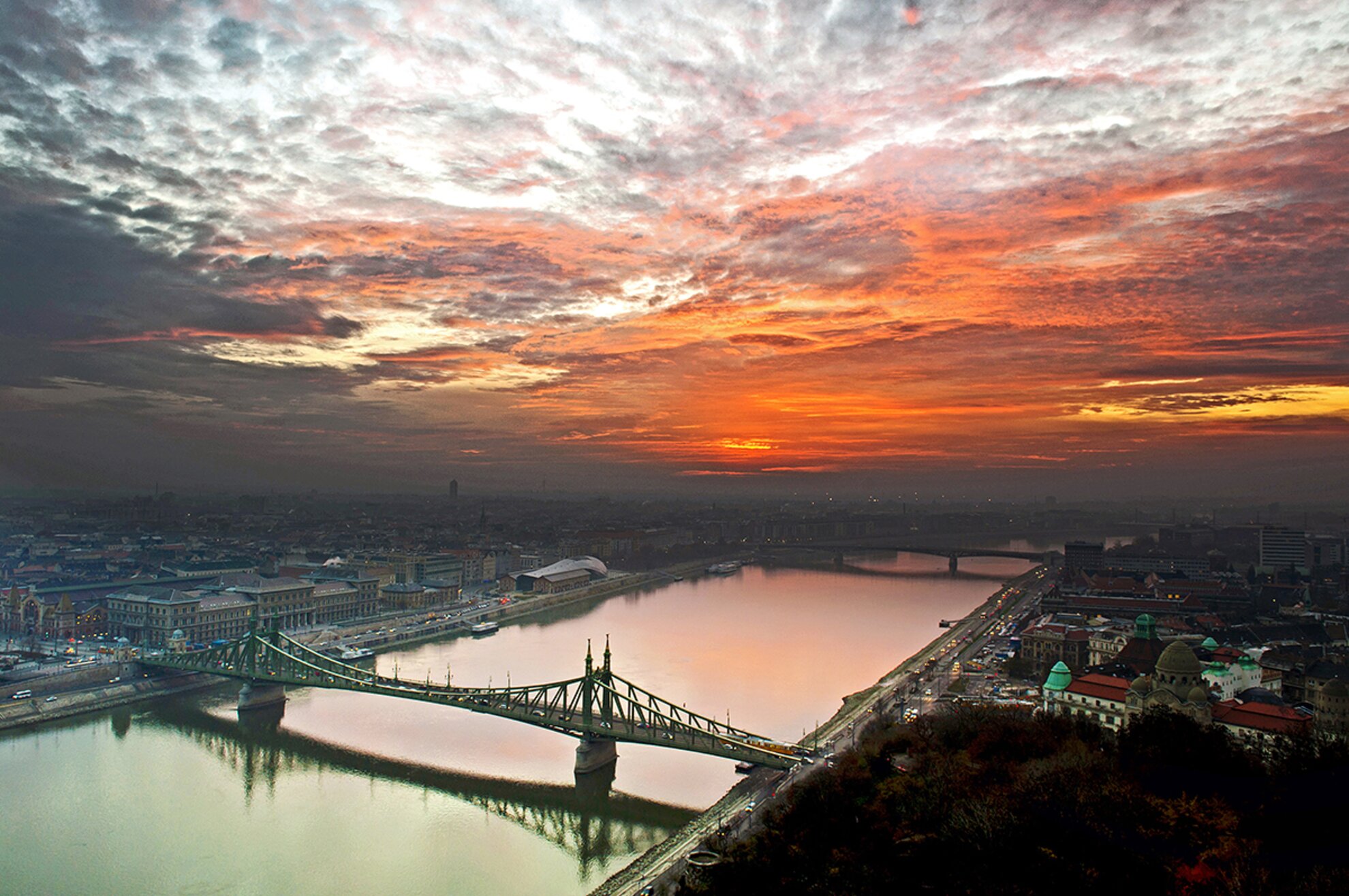
WLB: Originally, you graduated as a civil engineer. Does this influence your work?
K. B.: Yes, I’m told that my original profession shows sometimes. Precision and symmetry are essential when taking architectural-themed photos. When I was photographing the construction work of the new research center of the Hungarian Academy of Sciences, the construction company noted that my engineering studies show in my pictures.
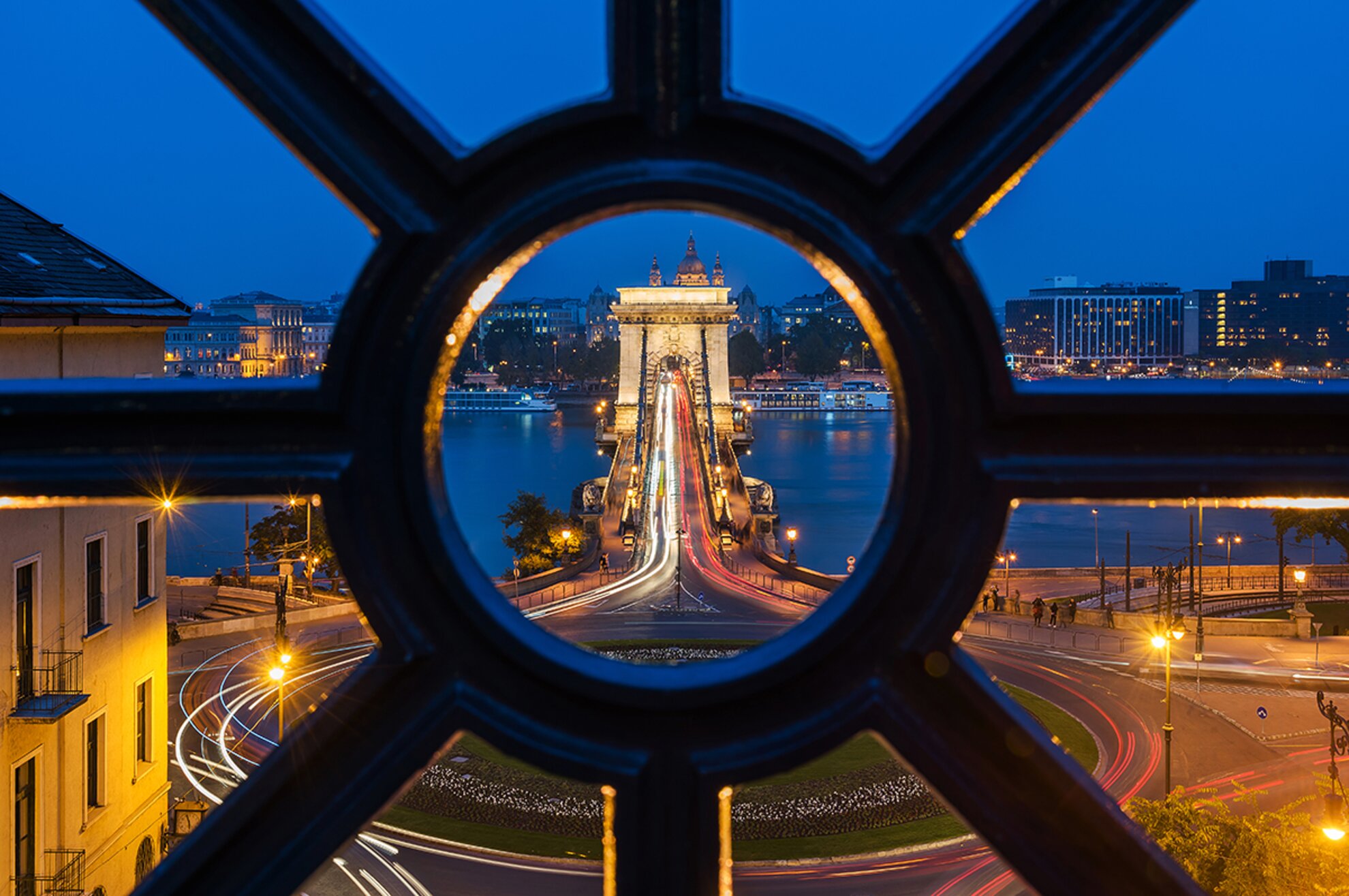
WLB: While photographing the city, some people are more interested in the buildings, while some are interested in the people. Which interests you more?
K. B.: I like to choreograph people into interesting backgrounds. A couple can be interesting, but even more so if they act sweet on Andrássy Avenue. However, the human factor definitely complicates urban photography. The world changed a lot in this respect: Hungarians were never really open to being photographed, but the elders became rather paranoid lately, they are terrified of the camera. Young people aren’t really bothered.
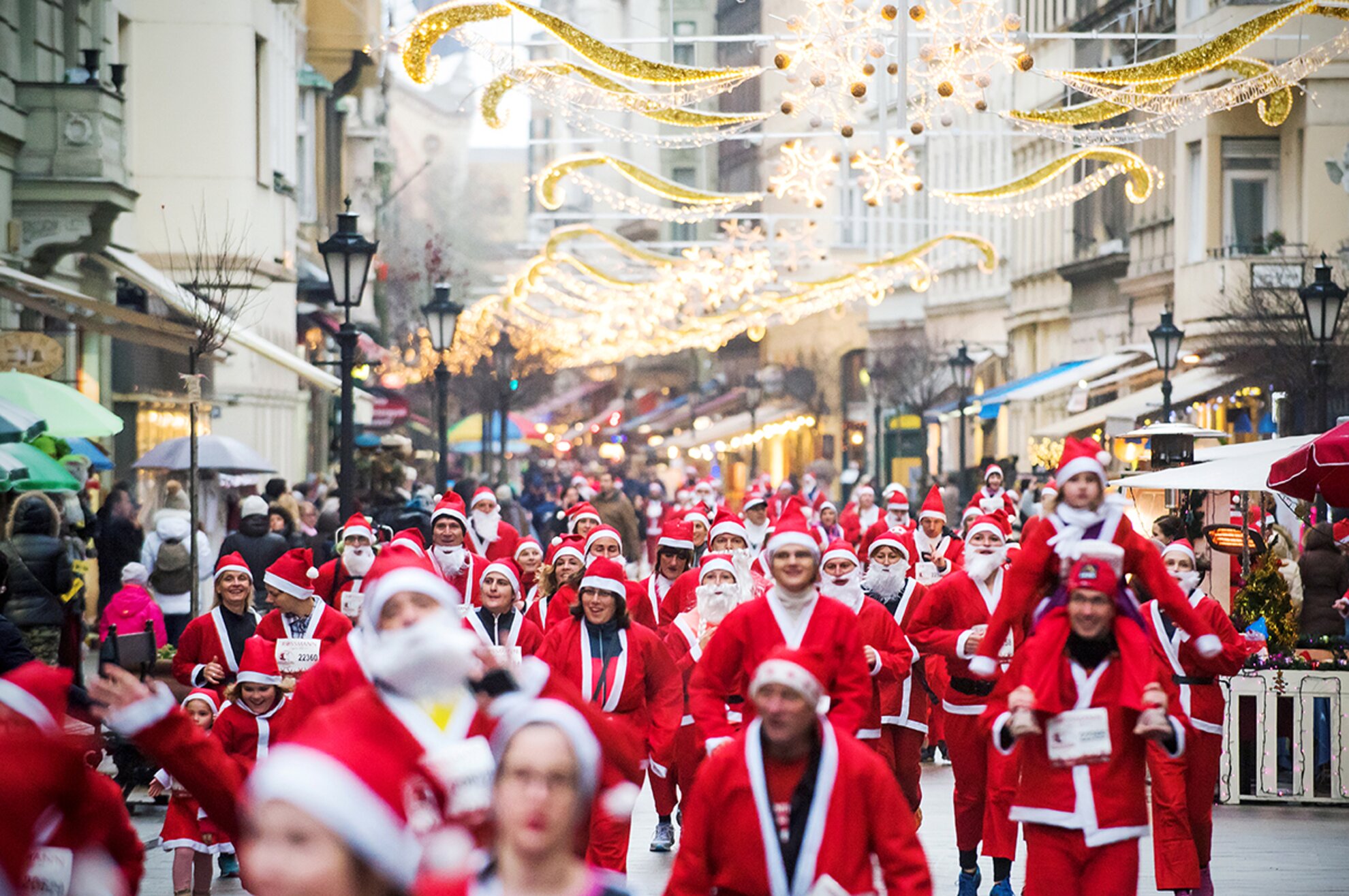
WLB: In theory, everyone can be photographed, but permission must be given for photographs of them to be published. What is your strategy?
K. B.: I play it safe. When I spot a good scene, first I take pictures from a distance, and if the subjects seem promising, I go closer. This is followed by a game of photographer and subject: people usually notice the camera after awhile and either speak up, or pretend not to see it. Once I have a close-up, I usually approach them, show them my photos, and ask for permission to use the pictures; my chances are 50-50% at this point. It’s better not to ask in advance, or else they lose their spontaneity and sincerity, and start to behave differently than before.
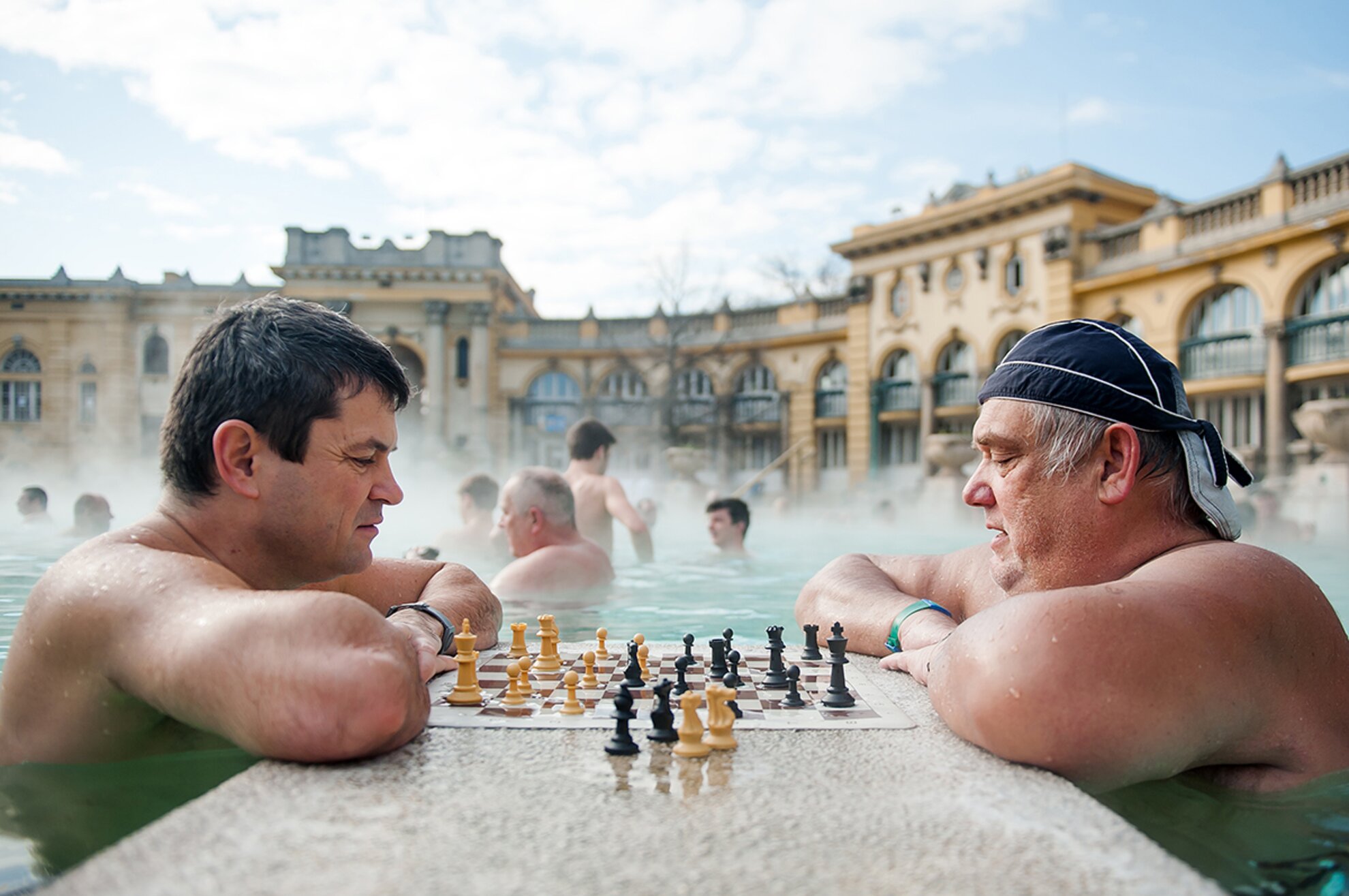
WLB: So, a good photographer must be a good diplomat, as well.
K. B.: Usually I have a good eye for people, although there were a few interesting situations. Once, I came face-to-face with a kind-looking old lady on Dob Street, who was dragging a cart behind her surrounded by really nice lights and long shadows. When she noticed the camera, she went hysterical and kept saying that if the photo is put on the internet, people will know where she lives and will rob her. She eventually made me delete the picture. I had another interesting experience when taking photos for a compilation about the underground passages of Budapest: the homeless people in the underpass of Blaha Lujza Square, for example, asked to be paid for every photo they appeared in. I’ve paid about a thousand forints at every underpass (laughs). There are certainly photographers, especially those who work in international press photography, who outright decline to pay any photo subject, referring to their principles – but I think that in certain situations, it’s just good manners.
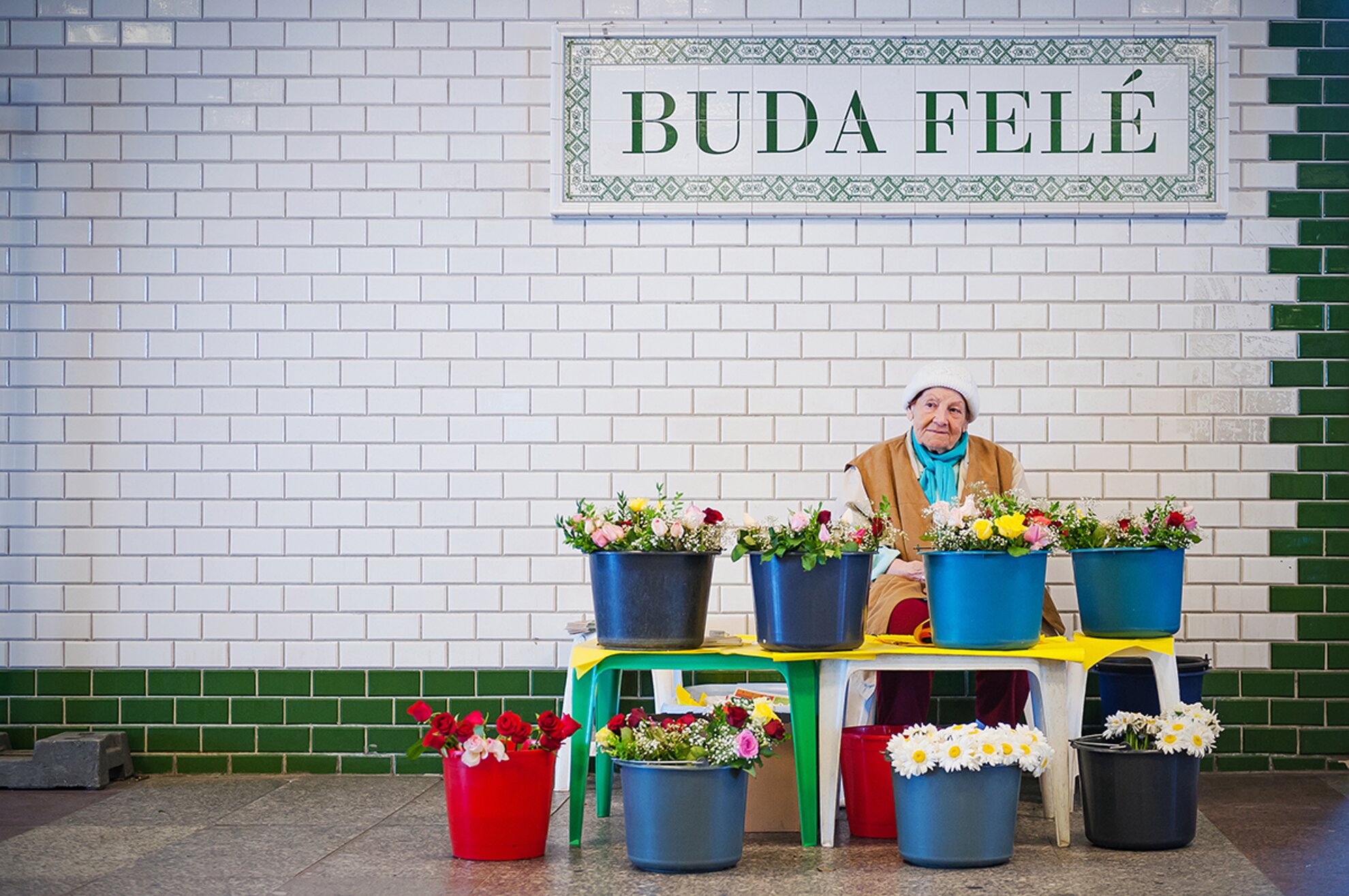
WLB: Have you ever been in dangerous situations?
K. B.: During a lomtalanítás junk-clearance day, I wanted to snap some spontaneous photos, when some people decided to pose for a group picture, for whatever reason. Meanwhile, the grandma stepped out of the frame, saying that she wouldn’t like her picture to taken. While I was photographing the others, she started going through my back pocket – fortunately, I noticed what she was up to in time. I got mixed up in situations involving crawling, climbing and illegal urbex, including shooting the train cemetery in Istvántelek, Lipótmező, or the Olimpia Hotel. Once, for example, the police escorted me away from the Chain Bridge, but there weren’t serious consequences. On another occasion, I was taking photos of Oktogon from the top of a neighboring building when the police came. Apparently, one of the residents called them because they thought I was spraying graffiti on the roof. Fortunately, I had a permit, so I got away with that, too.
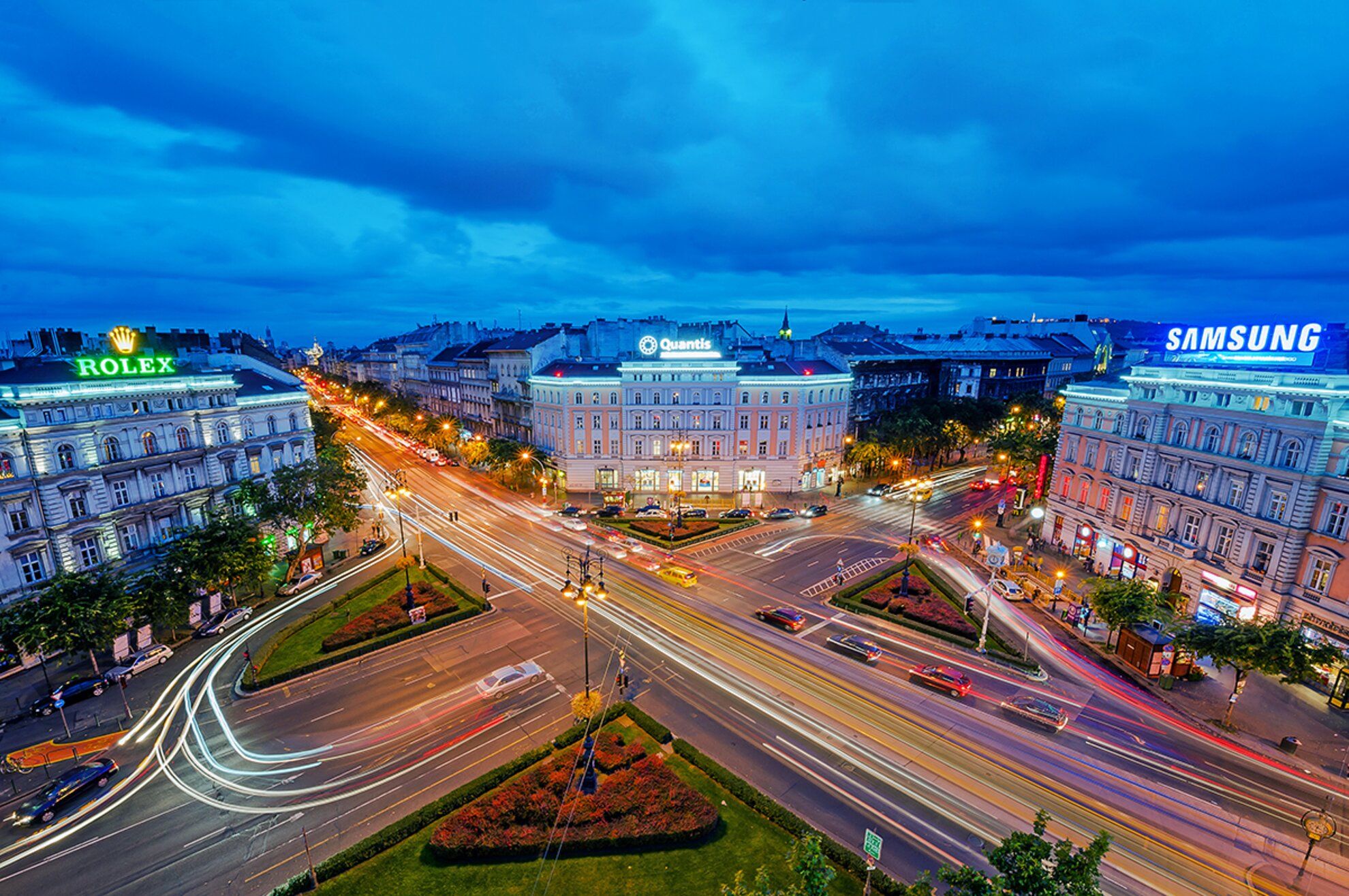
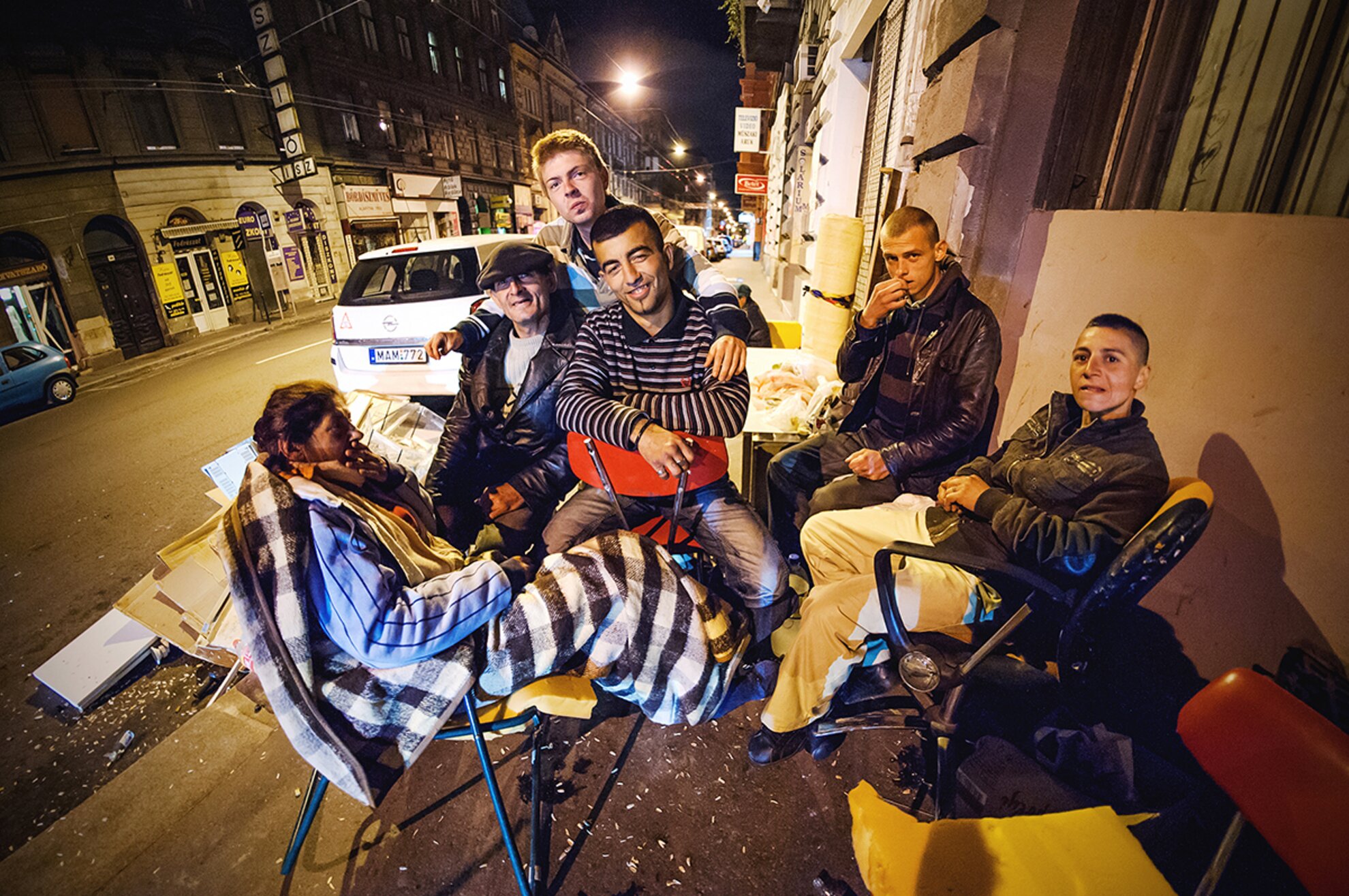
WLB: What about the less problematic places, which are your favorites?
K. B.: I like to take photos of tunnels and tubular spaces. For example, you can climb behind the waterfall under the Gellért Statue – I love the pictures I took from there. I also like places that you can’t always visit. Great photos can be taken from inside the drainpipes at the foot of Elizabeth Bridge and Liberty Bridge, too – if the water level is low, you can just walk inside. The situation is similar at the other side of the pylon at Margaret Bridge. Something is always happening in Pest too, especially in District VII; this is my favorite terrain. I like Buda less; I have the impression that beyond the tourist attractions, nothing really happens there.
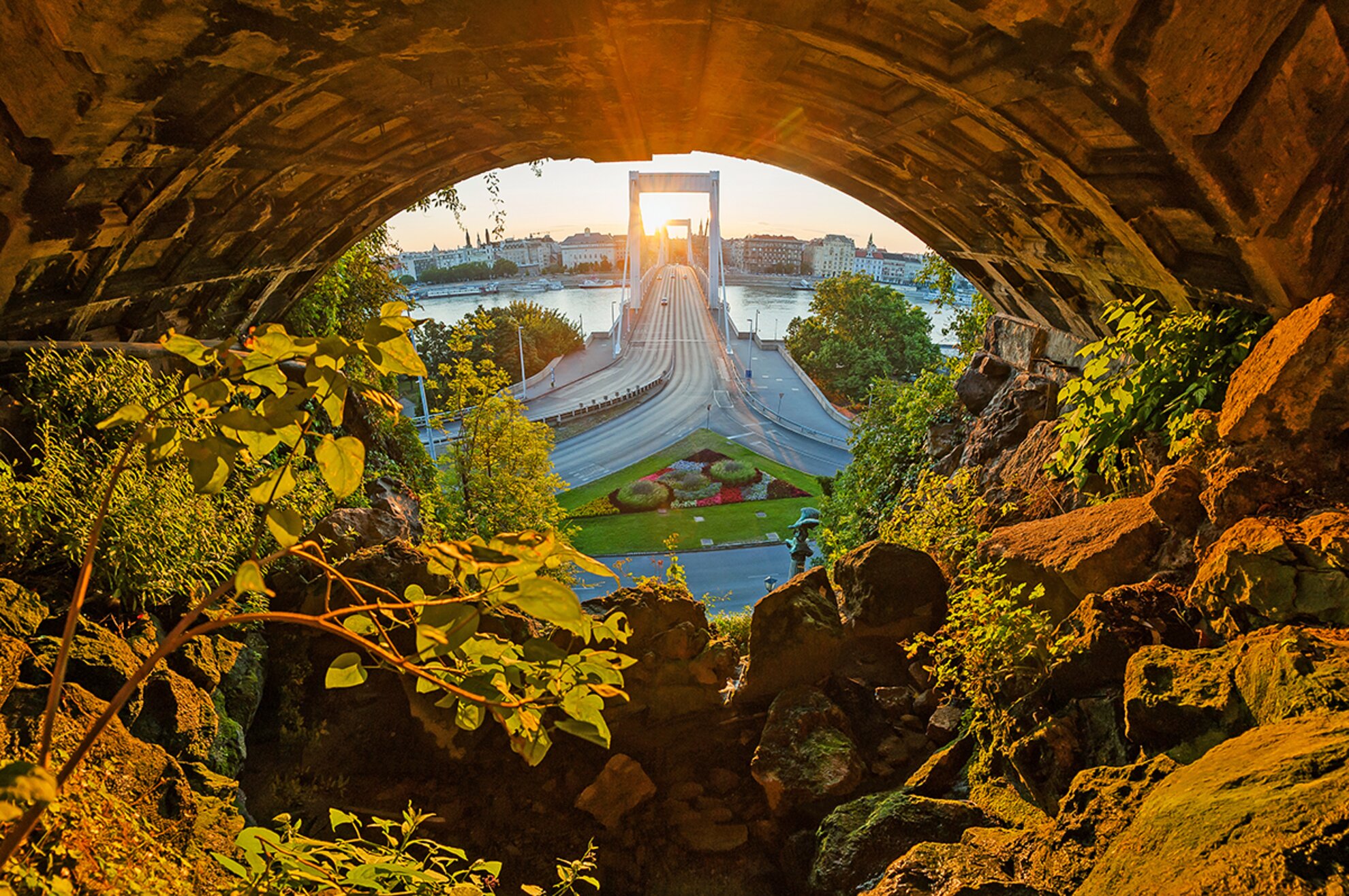
WLB: Recently, you created the image-search and viewing page Budapest Images, which is also a huge Budapest-themed photo store. Where did the idea come from?
K. B.: I wanted a place to store and organize my photos at for a long time. Currently, there are about 1,500 photos uploaded, but this number is growing almost every day. The site’s soul is the search engine: I tagged every photograph, thus allowing targeted searching. In addition to the galleries, visitors can also view smaller selections in various Budapest-related topics; these mostly feature my personal favorites. I renamed my Facebook page and created an Instagram profile for Budapest Images, as well.
WLB: When did it become obvious that photography shouldn’t be your hobby, but your profession?
K. B.: I was working as a civil engineer in an office located on an industrial estate in the Csepel district. In the meantime, I started taking photos of Budapest and even completed a six-month photography course, and then the inquiries started pouring in. I worked both jobs for three years, but left my original career once they started to have a negative impact on each other. This was the best decision of my life.
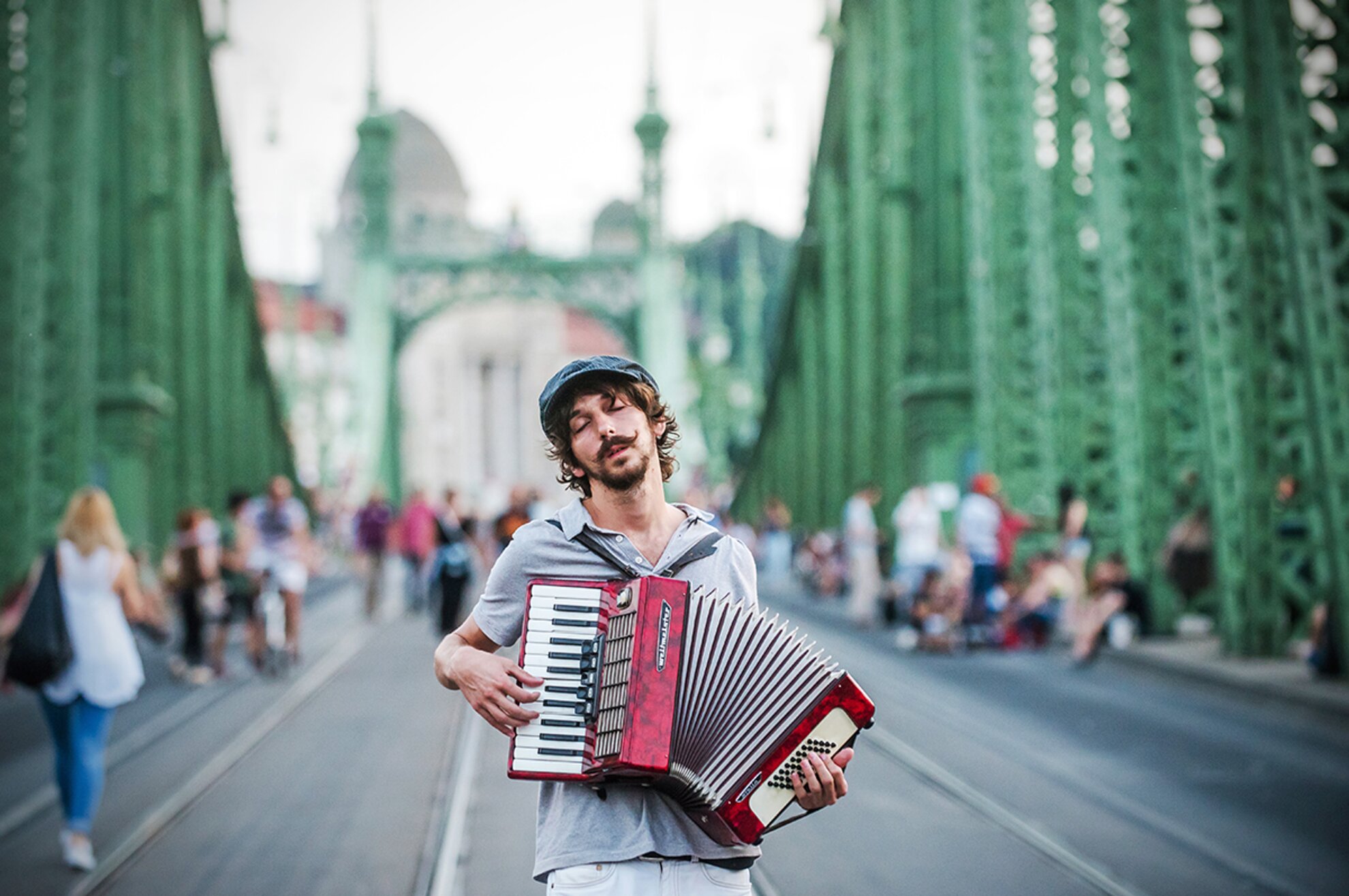
WLB: What makes you happy about photographing Budapest?
K. B.: When I can capture a rare, unrepeatable scene full of life. My goal isn’t to climb up to extreme heights and take pictures from amazing perspectives, but to find locations and viewpoints that are available to everyone, but were somehow overlooked. My favorite photo was taken on a foggy winter evening at the foot of the Chain Bridge: a street musician was playing the violin, and a foreign couple spontaneously started to dance to the music. It was great to experience and capture this extraordinary moment. It’s touching to see what emotions Budapest brings out of people.
